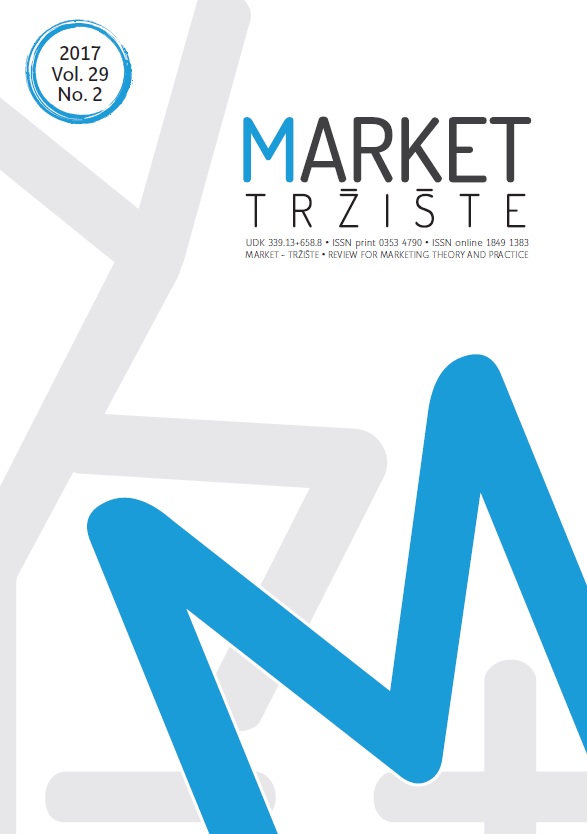Effects of Flexibility and Interactivity on the Perceived Value of and Satisfaction with E-Commerce (Evidence from Indonesia)
Effects of Flexibility and Interactivity on the Perceived Value of and Satisfaction with E-Commerce (Evidence from Indonesia)
Author(s): Pur Purwanto, K. KuswandiSubject(s): Business Economy / Management, Marketing / Advertising, ICT Information and Communications Technologies
Published by: CROMAR (Hrvatska zajednica udruga za marketing) i Ekonomski fakultet Zagreb
Keywords: flexibility; interactivity; utilitarian value; hedonic value; satisfaction;
Summary/Abstract: Purpose – The purpose of the present study was to analyze the effect of flexibility and interactivity on perceived utilitarian value and hedonic value, ultimately determining the satisfaction level of e-commerce users.Design/Methodology/Approach – Data were analyzed by using the Structural Equation Modeling (SEM) with AMOS 18. A sample of e-commerce users were taken by using the incidental sampling technique. A total of 650 respondents participated, forming the sample and the usable size was 415 after the screening process.Findings and implications – First: flexibility (navigation, comfort, and the substitutability of personal examination) had an effect on utilitarian value, but not hedonic value; second, interactivity (controllability, synchronicity, and bi-directionality) had an effect on utilitarian value and hedonic value; third, perceived value had an effect on satisfaction. E-tailers should allocate their resources appropriately, combining the qualities of utilitarian and hedonic values on their website proportionally (powerfully and stylishly) well to improve the overall perceived value. When a company has limited resources, the trade-off of utilitarian and hedonic values should be well-considered. For example, adding more interesting and easy-to-understand features, such as a more flexible and interactive live chat, would make it easier for consumers to select products/services as if performing off -line transactions.Limitations – Despite the justification in the literature for using ethnicity- and region-based samples in Indonesia for Internet-related studies, those samples may not reflect the actual overall population of online consumers worldwide.Originality – This paper develops an interactivity model by adding the flexibility construct to increase the perceived value in e-commerce supported by the latest literature and some important recommendations for further research.
Journal: MARKET/TRŽIŠTE
- Issue Year: 29/2017
- Issue No: 2
- Page Range: 139-159
- Page Count: 21
- Language: English

